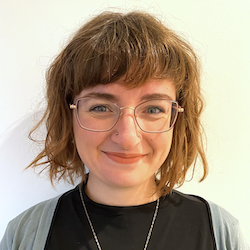Cited By
View all- Figueira ICha YBranham S(2024)Intersecting Liminality: Acquiring a Smartphone as a Blind or Low Vision Older AdultProceedings of the 26th International ACM SIGACCESS Conference on Computers and Accessibility10.1145/3663548.3675622(1-14)Online publication date: 27-Oct-2024




